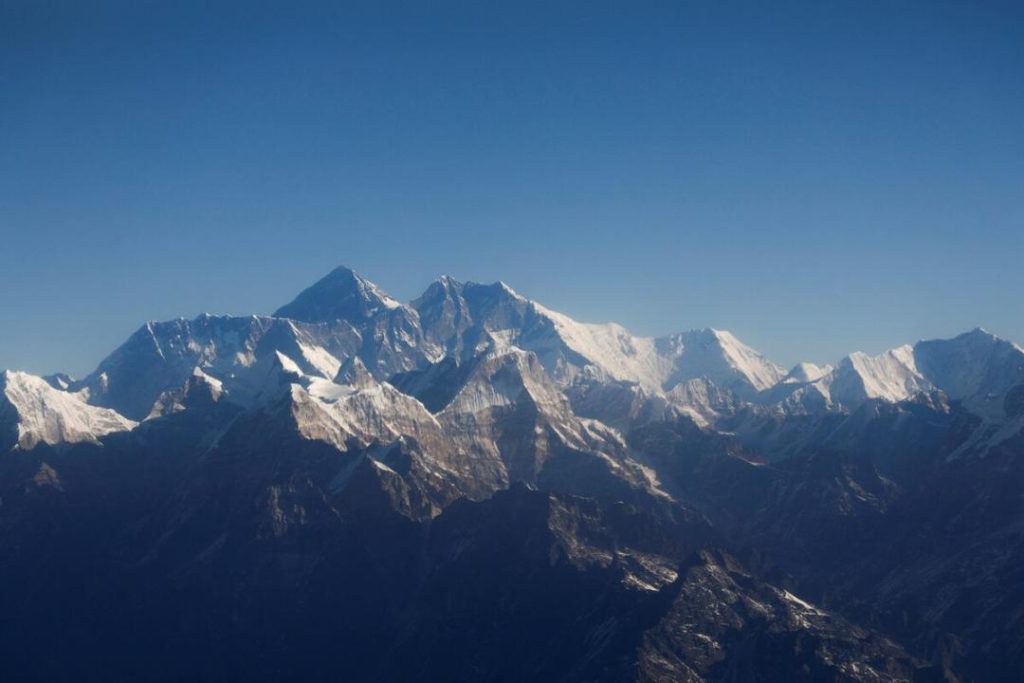
Indian Scientists Record Real-Time Greenhouse Gas Levels in Himalayas for the First Time
The Himalayas, one of the most remote and rugged mountain ranges in the world, is also home to some of the most critical ecosystems on the planet. The region’s unique geography and climate make it an ideal location for studying the Earth’s atmosphere and the impact of human activities on the environment. Recently, a team of Indian scientists has made a groundbreaking discovery by recording real-time greenhouse gas levels in the Central Himalayas for the first time.
The research, conducted by a team of scientists from the Indian Institute of Technology (IIT), the Indian Institute of Science (IISc), and the National Centre for Atmospheric Research (NCAR), aimed to understand the concentration of key greenhouse gases in the region. The team deployed a state-of-the-art instrument at a remote location in the Central Himalayas, which captured high-resolution, continuous online measurements of carbon dioxide (CO2), methane (CH4), and carbon monoxide (CO) over a period of five years.
The findings of the study, published in the Journal of Geophysical Research: Atmospheres, reveal that the concentrations of greenhouse gases in the Central Himalayas are generally higher than similar sites around the world, including the famous Mauna Loa observatory in Hawaii. The data collected during the five-year period showed rising trends in CO2 and CH4, while declining levels of CO.
The significance of this study cannot be overstated. The Himalayas are a critical region for the global climate, as they play a key role in the Earth’s water cycle and are home to some of the most biodiverse ecosystems on the planet. The region’s unique geography, with towering mountains and deep valleys, creates a complex atmospheric environment that is sensitive to changes in greenhouse gas concentrations.
The study’s lead author, Dr. Rakesh Hooda from IIT, explained the importance of the research: “The Himalayas are a critical region for understanding the global climate, and our study provides valuable insights into the concentrations of greenhouse gases in this region. The data we collected will help scientists and policymakers better understand the impact of human activities on the environment and develop strategies to mitigate climate change.”
The research team used a state-of-the-art instrument called a Fourier Transform Infrared (FTIR) spectrometer to measure the concentrations of greenhouse gases in the atmosphere. The instrument is capable of detecting even small changes in the concentrations of these gases, allowing the team to capture high-resolution, continuous online measurements.
The team’s findings showed that the concentrations of CO2 and CH4 in the Central Himalayas are generally higher than similar sites around the world. CO2 concentrations, for example, were found to be around 415 parts per million (ppm), while CH4 concentrations were around 1.85 parts per billion (ppb). These levels are significantly higher than those found at Mauna Loa, which is known for its relatively low levels of greenhouse gases.
The study’s results also show that the concentrations of greenhouse gases in the Central Himalayas are increasing over time. CO2 concentrations, for example, increased by around 2.5 ppm per year, while CH4 concentrations increased by around 0.15 ppb per year. These rising trends are consistent with global trends, which show that CO2 concentrations are increasing by around 2 ppm per year.
The study’s declining trend in CO concentrations is also significant. CO is an important greenhouse gas that is released into the atmosphere through human activities such as transportation and agriculture. The declining trend in CO concentrations in the Central Himalayas suggests that efforts to reduce CO emissions are beginning to pay off.
The implications of this study are far-reaching. The findings provide valuable insights into the concentrations of greenhouse gases in the Central Himalayas, which will help scientists and policymakers better understand the impact of human activities on the environment. The data collected during the five-year period will also be used to validate global climate models and improve our understanding of the Earth’s climate system.
In conclusion, the Indian scientists’ groundbreaking study provides a comprehensive understanding of greenhouse gas levels in the Central Himalayas. The findings highlight the importance of this region for understanding the global climate and the need for continued monitoring of greenhouse gas concentrations. As the world continues to grapple with the challenges of climate change, this study serves as a reminder of the importance of scientific research and the need for continued investment in climate research.
News Source:






